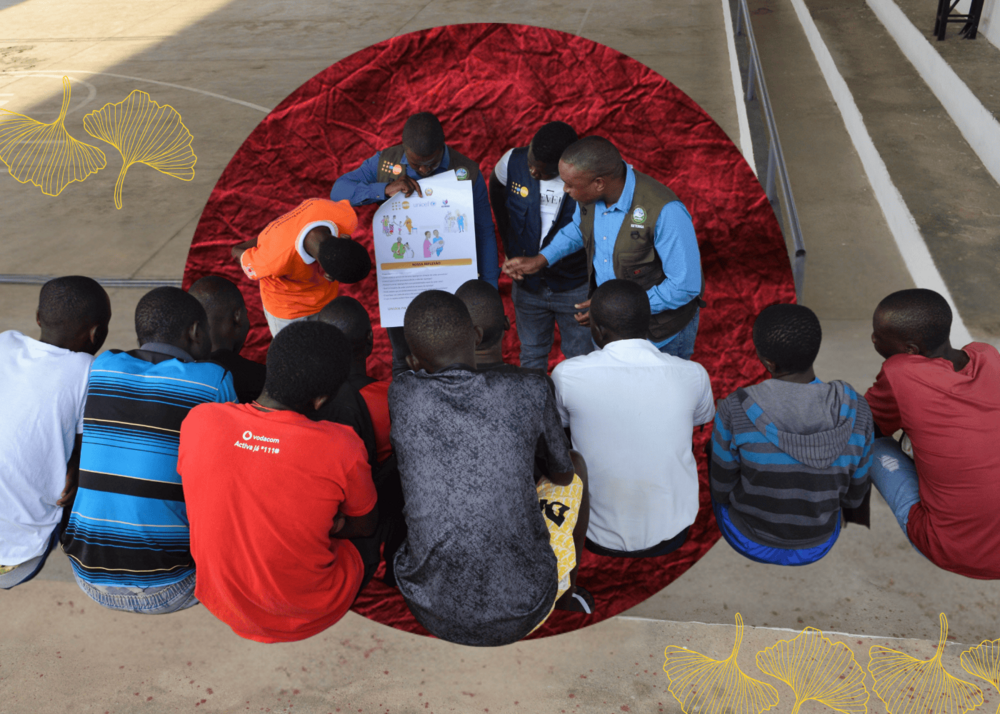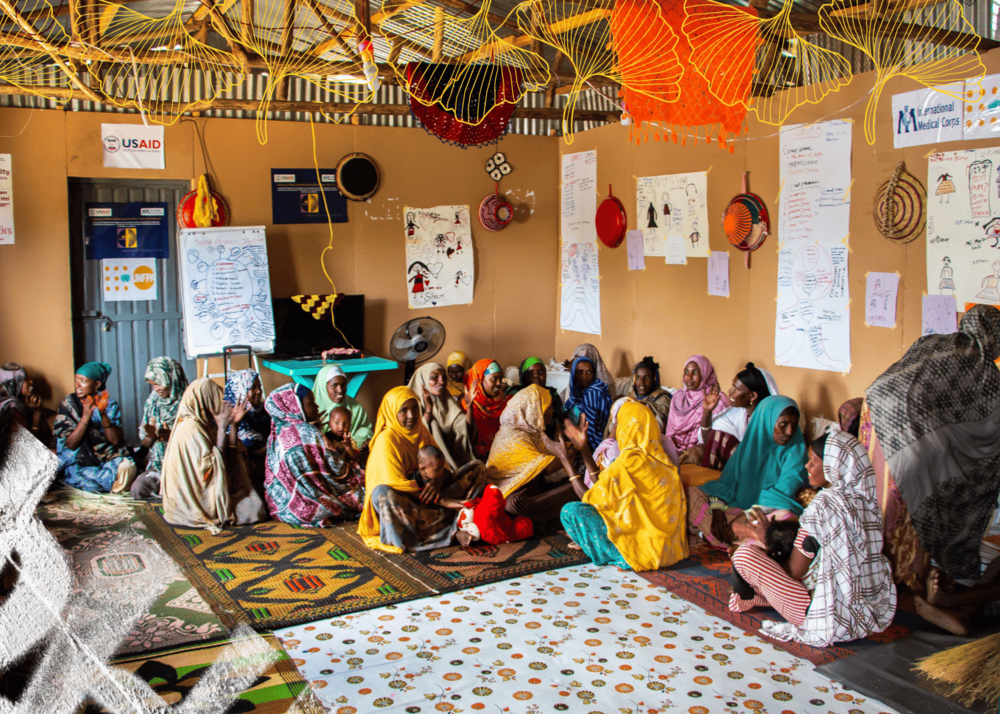As mothers in Malawi are forced to move because of extreme flooding, in Zambia a family of five packs their belongings and leaves their village because of drought. All through the East and Southern Africa Region, the effects of climate change are making themselves known, and while they force migration, displacement, and scarcity an insidious ripple effect that impacts women and girls most is showing its face.
The link between climate change and increased intimate partner violence is undeniable. Extreme heat and environmental stress can trigger aggressive behaviors and conflicts, leaving women particularly vulnerable to physical and emotional abuse.
As we analyze the intricate ways in which climate change threatens the safety of all and work towards mitigating it, how can we also address the intimate partner violence that is exacerbated by these conditions?
- Speak out and educate. Education strengthens a woman´s position in society and her inclusion in decision-making processes. Information campaigns and awareness-raising programmes about healthy relationships, consent and rights can also help women and girls recognize the signs of IPV and develop skills and knowledge to protect themselves.
- Promote financial and Economic Empowerment. Ensuring financial independence and an enhanced sense of security for women and girls makes it easier for them to end the cycle of violence.
- Include sexual and reproductive health and rights. Access to healthcare, including sexual and reproductive health and rights (SRHR), is vital for young women and girls experiencing intimate partner violence (IPV). We must integrate SRHR into climate-resilient health, protection, and education systems while strengthening risk reduction, emergency response, and data collection. Providing medical, psychological, legal, and informational support is essential.

- Involve men and boys. Men must become advocates and allies against gender-based violence, enabling them to challenge harmful gender norms and stereotypes that increase the risk of IPV. Men can also work to promote healthy relationships based on respect, trust, and open communication, as well as being positive role models for other men and boys, who encourage their peers to reject violent and abusive behaviors.
- Strengthen social and legal protection. Victims of IPV need access to supportive networks, including family, friends, and community organizations. In the face of migration and displacement due to climate change disasters, these networks must be able to provide safe spaces, emotional support, and practical assistance.
- Access and utilize data. By investing in research and evidence generation to support a better understanding of the drivers of IPV in different contexts we can help policy makers to plan and implement more informed and targeted policies to reduce IPV.
- Ensure climate action that leaves no one behind. When addressing climate change we must promote new and existing policies that support both socio-economic development and climate change mitigation/adaptation efforts. Adaptation measures should anticipate and meet the needs of those impacted, displaced and at risk, including through humanitarian response and the strengthening of assistance and social protection programmes.
- Prioritize the most vulnerable. The impacts of climate change are experienced differently by all, this is the same for intimate partner violence. It's important to prioritize the groups most at risk, including younger women aged 15 to 24 with low levels of education. Targeted interventions tailored to their specific needs are more efficient, and can help address the root causes of IPV.
- Include IPV + climate change in national policies. Ensuring that international and national climate policies incorporate adaptation measures that address the impact of climate change on women and girls is key. This is not only during emergency responses where there is heightened risk of IPV, but also in the overall adaptation and socio-economic development planning.

- Empower women to lead. Women and women-led organizations can discern the needs and support responses in their communities. Guaranteeing a seat at the table for them to have their voices heard and providing robust support for these organizations is critical for policymaking and building adequate responses to climate emergencies and IPV.
There is no size fits all solution to address the crisis of intimate partner violence that is being fueled by the climate emergency. Reducing emissions, investing in health and protection systems for the most vulnerable, and empowering women and girls through economic and educational opportunities are crucial steps toward creating safe spaces for them, regardless of their circumstances.
Read more on the link between IPV and climate change in the report Climate Change Impacts and Intimate Partner Violence in Sub-Saharan Africa. A research document done by UNFPA, International Institute of Applied System Analysis (IIASA), and the University of Vienna on sub-Saharan Africa.



